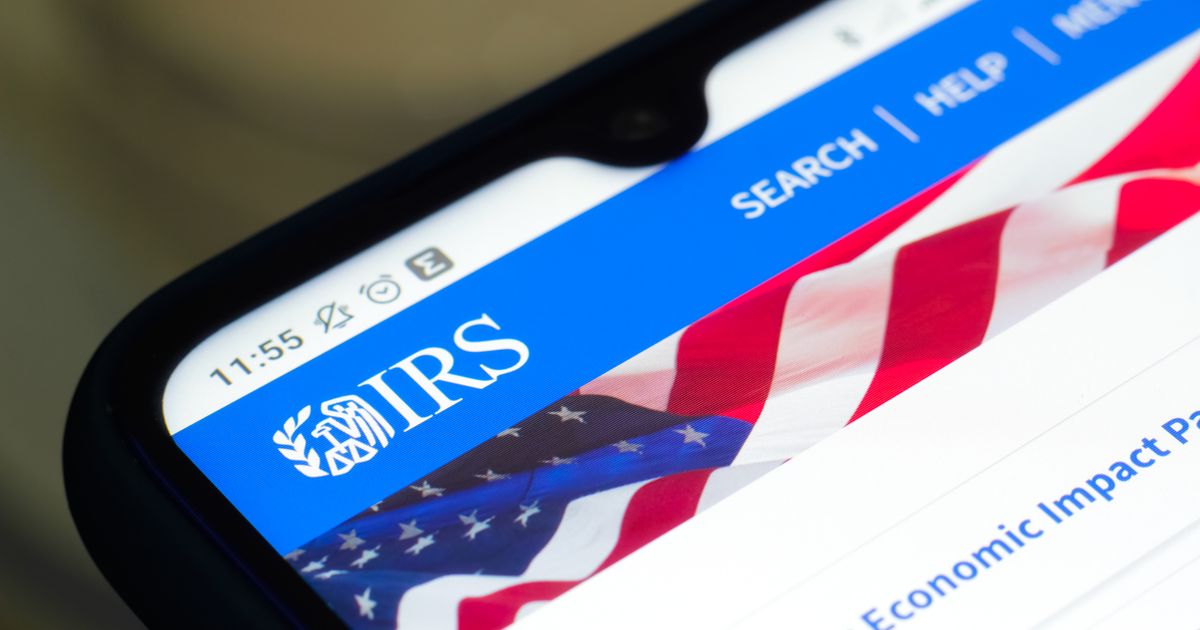
Overcoming the briefest of Trump temper tantrums, Congress has finally passed a new coronavirus relief bill that includes a second round of “economic impact payments.” That’s the name for checks or direct deposits sent out to every qualifying American to help provide some extra cash when many people are out of work and facing economic hardships thanks to coronavirus.
Cue the better-late-than-never celebration!
How do you know if you qualify? In April, the IRS launched a surprisingly simple and useful website called the “Get My Payment” portal that let you find out the status of your check or deposit. However, that portal is “temporarily offline,” according to the IRS website. With payments set to go out in early 2021, Mashable has reached out to the Treasury Department to ask when they plan to relaunch. The IRS website currently says: “The IRS continues to monitor and prepare for new legislation related to Economic Impact Payments. The IRS will make updates to the Get My Payment portal to provide updated information for taxpayers in the near future. Please continue to monitor IRS.gov for the latest information.”
In the meantime, several non-government tools have popped up to help people decipher whether they can expect a check in the future, and for how much. The Washington Post, Forbes, and the financial site Kiplinger all have widgets that let you enter information about whether you’re single or married, what your income is, and whether you have child dependents.
While there are some complicating factors, broadly, adults earning up to $75,000 a year are eligible for $600 checks (that’s half the amount from the spring). Child dependents up to age 17 qualify parents for another $600 per kid. Married couples who earn up to $150,000 will get $1,200. If you make more than those maximum amounts up to a certain point, you’ll get a reduced check on a sliding scale.
The third-party portals won’t provide any official clarity about when that cash arrives in your pocket, but at least they’ll help you find out if an (ever so tiny) slice of that $900 billion relief package is yours.
